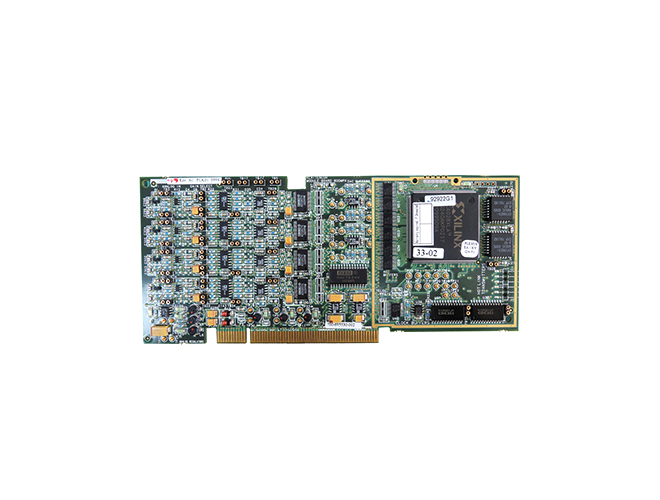-
CN
-
Service Hotline
+8618129931046 Mr. Liao


Time:2025-05-30 Views:1

Temperature and humidity cycle testing is a vital procedure for double-sided circuit boards to evaluate their reliability and performance under varying environmental conditions. This type of testing simulates the real-world environmental stresses that PCBs may encounter during their operational life, such as in industrial settings, automotive applications, or outdoor installations.
The testing process typically involves subjecting the double-sided PCB to a series of temperature and humidity cycles. For example, a common test profile may start with a low-temperature and low-humidity phase, such as -40°C and 10% relative humidity, held for a specific period, usually several hours. This simulates cold storage or operation in frigid environments. Then, the temperature and humidity are gradually increased to a high-temperature and high-humidity phase, like 85°C and 85% relative humidity, and held again for a few hours. This represents hot and humid conditions, such as in tropical regions or inside equipment with poor ventilation. The cycle is repeated multiple times, often ranging from 10 to 100 cycles, depending on the specific requirements of the application.
During the temperature and humidity cycle testing, several aspects of the double-sided PCB are monitored. Electrical performance is a key focus. The resistance of the copper traces, the integrity of the solder joints, and the functionality of the components mounted on the PCB are regularly checked. Temperature variations can cause thermal expansion and contraction of the PCB materials, which may lead to cracks in the copper traces or delamination of the PCB layers. Humidity can cause corrosion of the copper surfaces and degradation of the insulation materials. By measuring the electrical parameters at different stages of the testing, any changes or failures can be detected early.
Mechanical integrity is also evaluated. The physical structure of the PCB, including the adhesion between the copper layers and the substrate, is inspected. Visual inspection may reveal signs of warping, cracking, or bubbling on the PCB surface. In addition, non-destructive testing methods, such as X-ray imaging, can be used to examine the internal structure of the PCB for any hidden defects. The results of the temperature and humidity cycle testing are used to improve the design and manufacturing processes of double-sided PCBs. If a particular failure mode is identified, design modifications can be made, such as using more robust materials, improving the soldering process, or enhancing the protective coatings on the PCB to increase its resistance to environmental stresses.